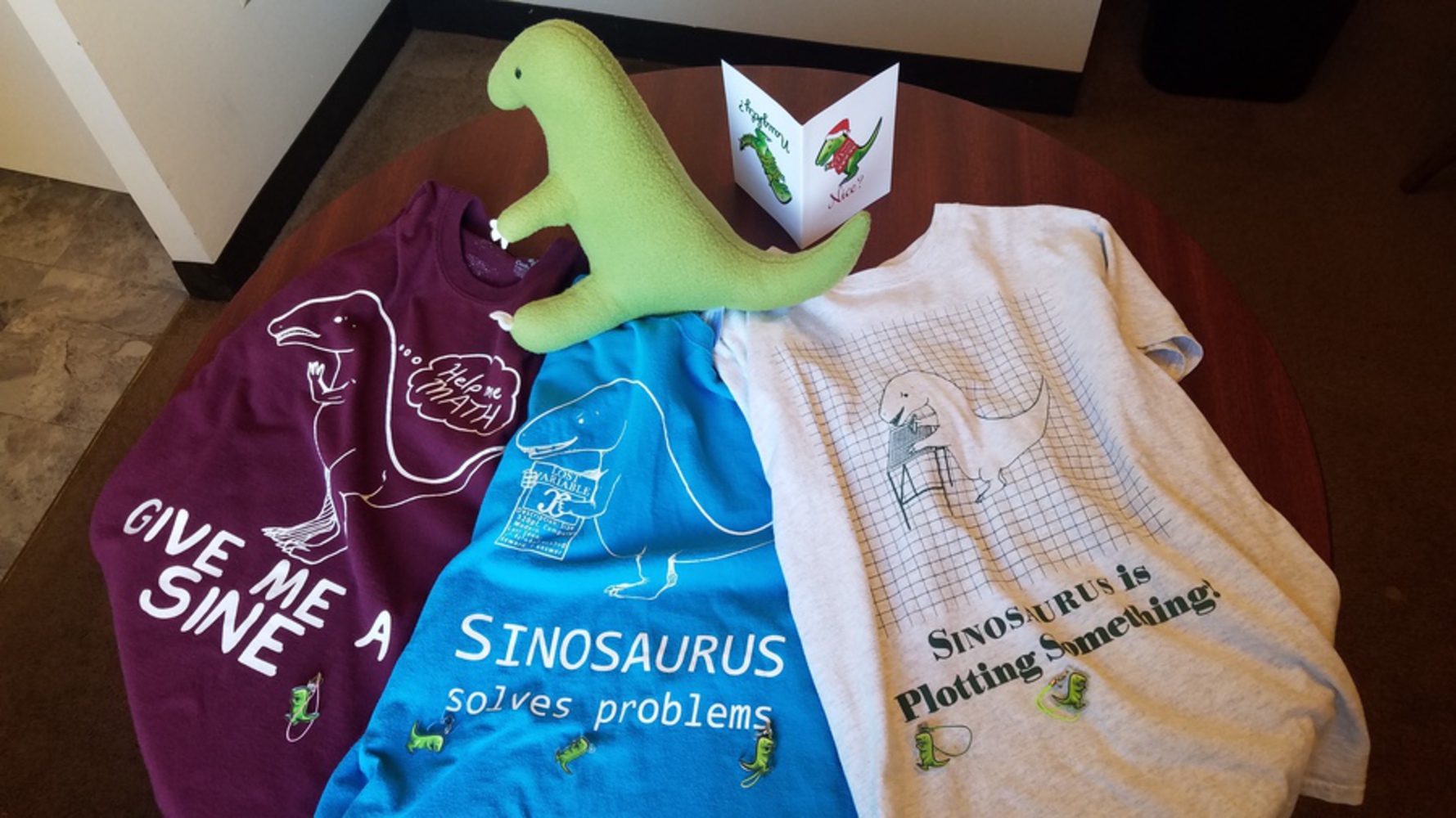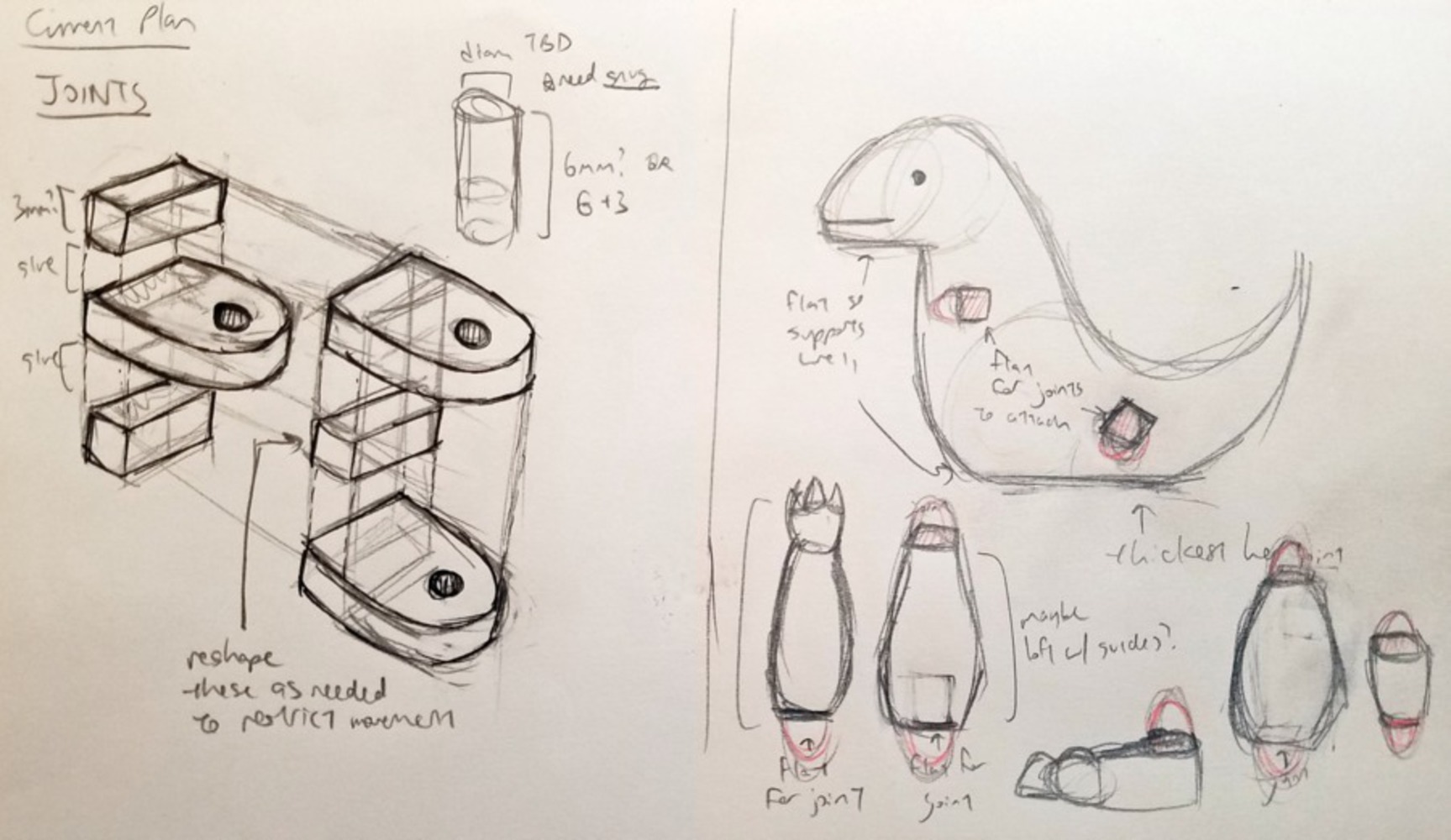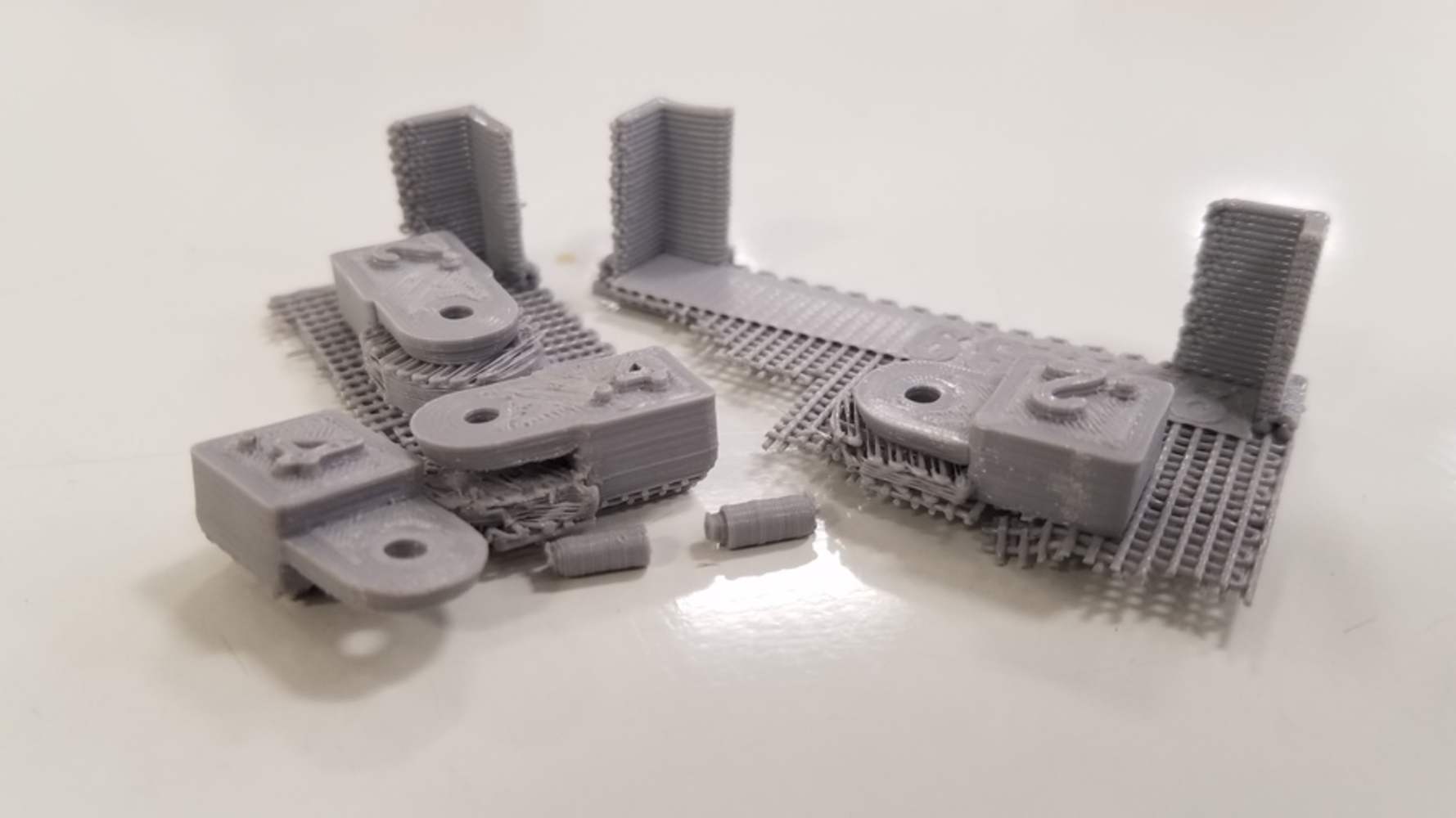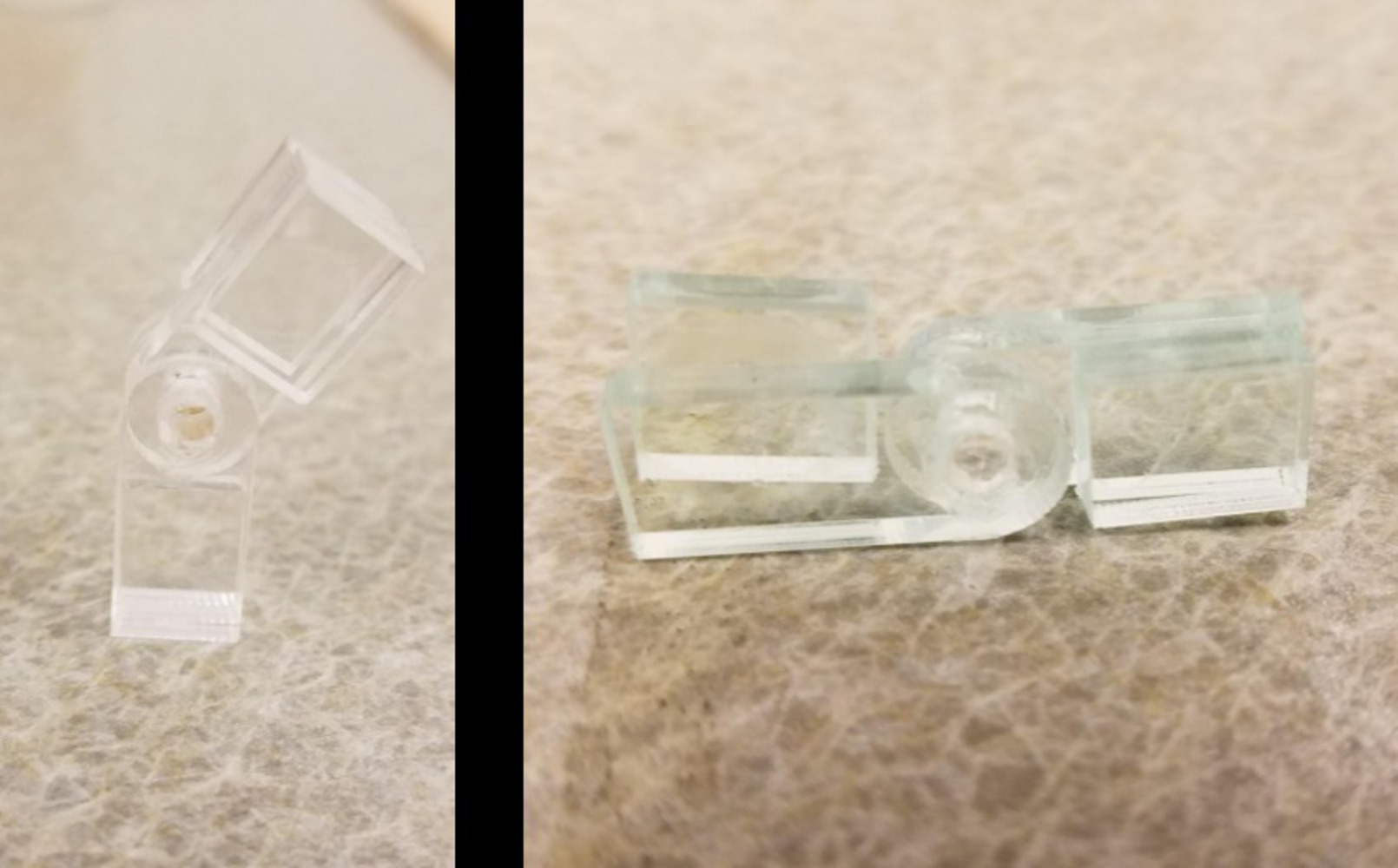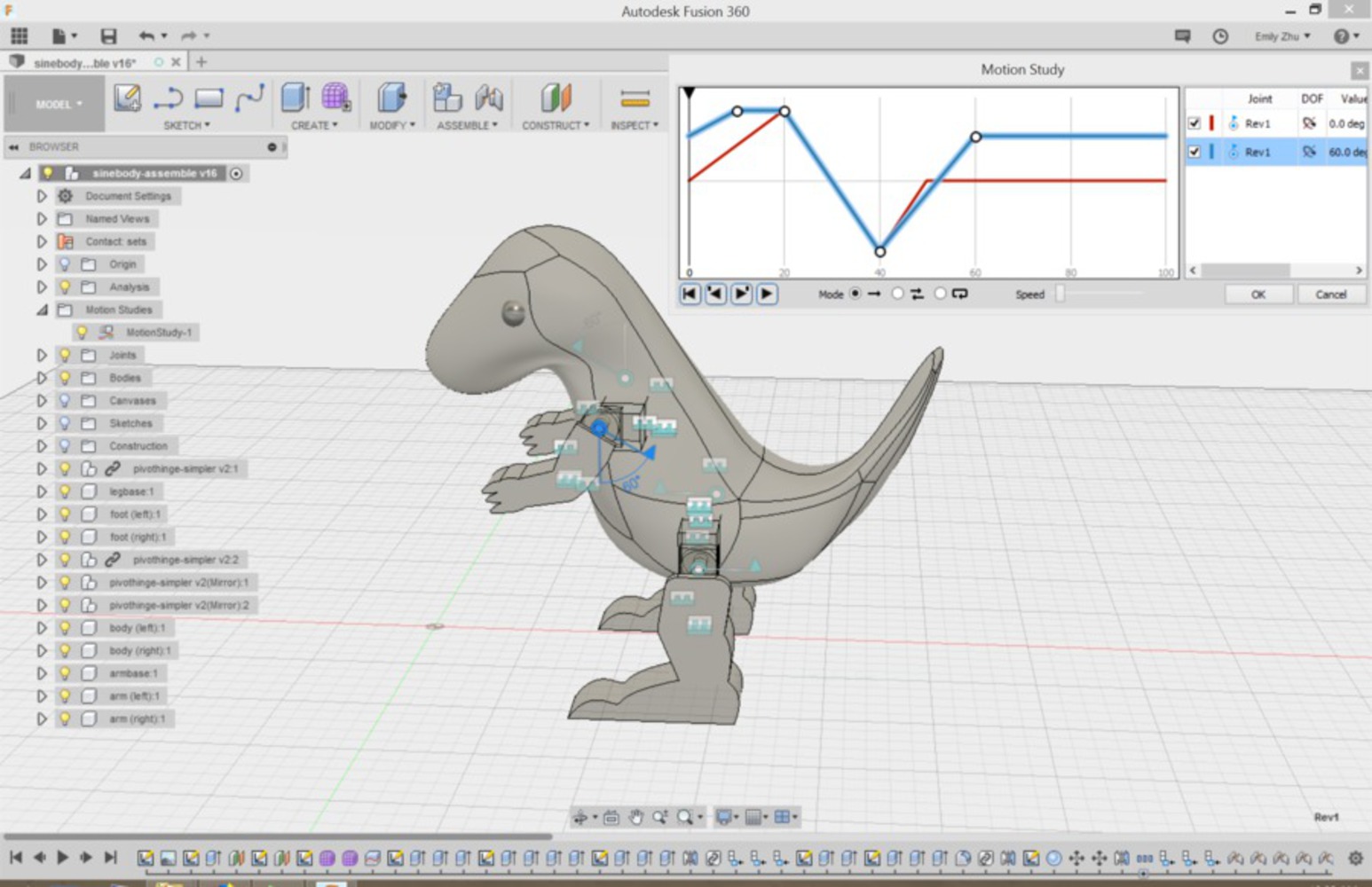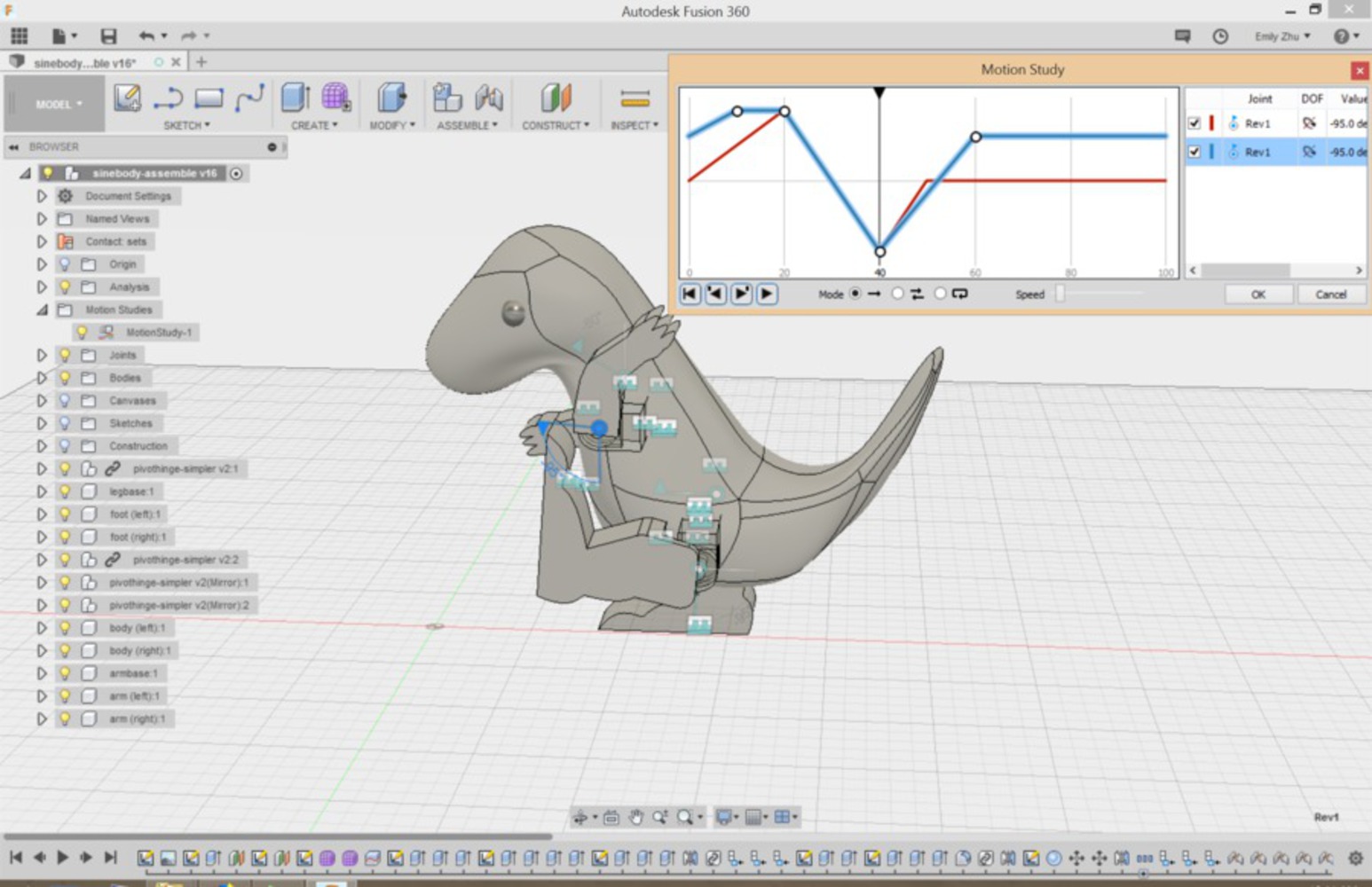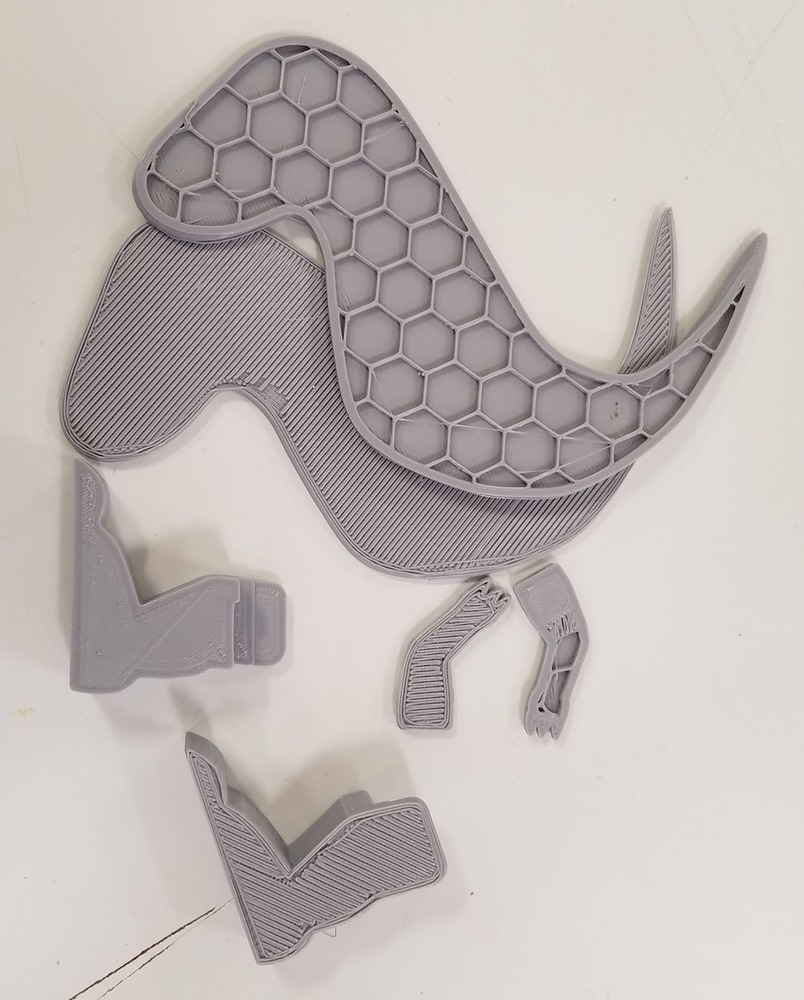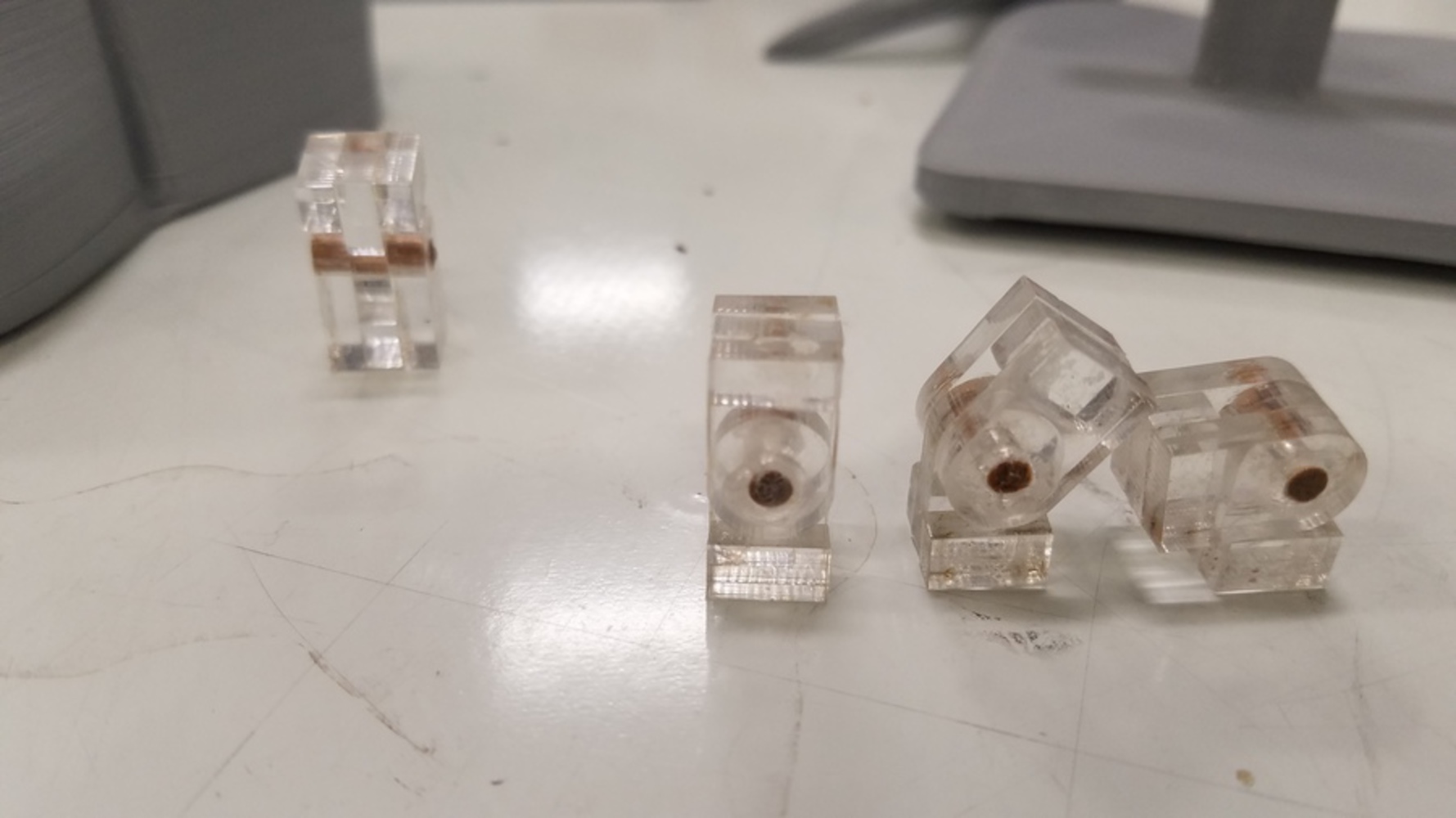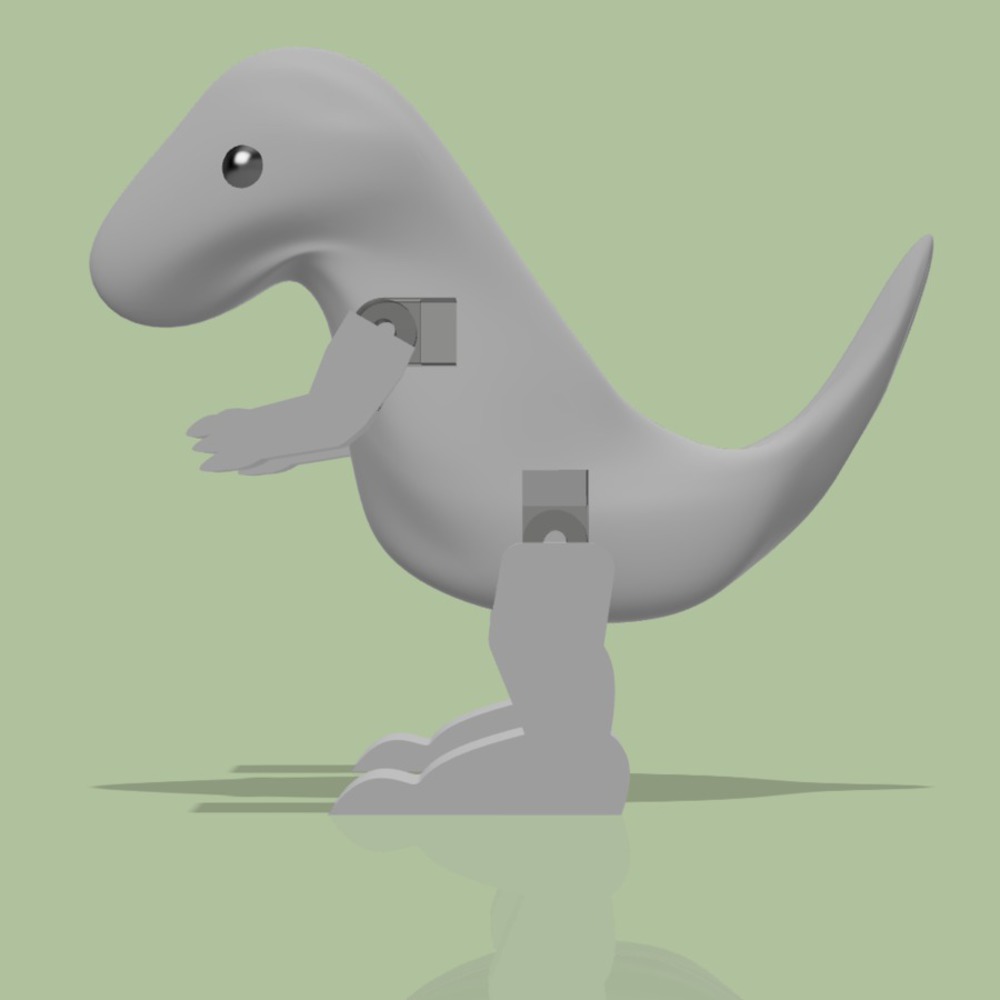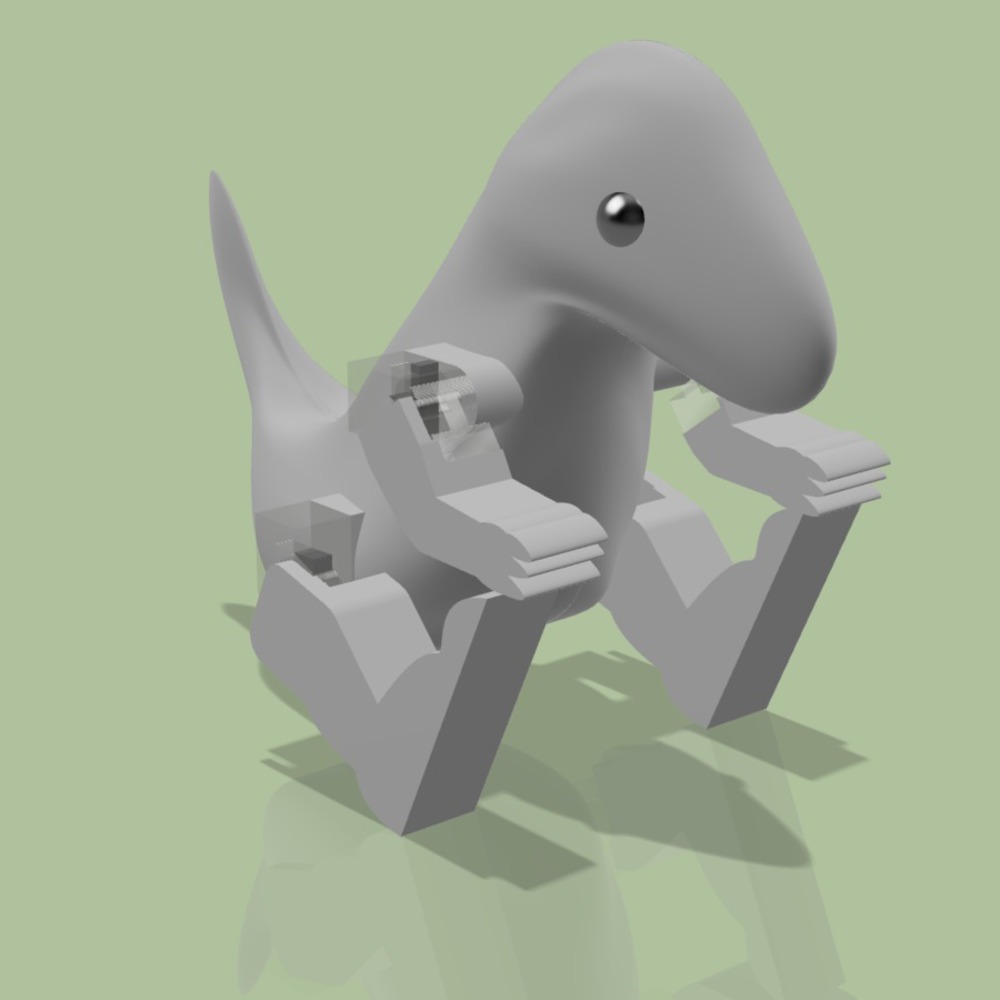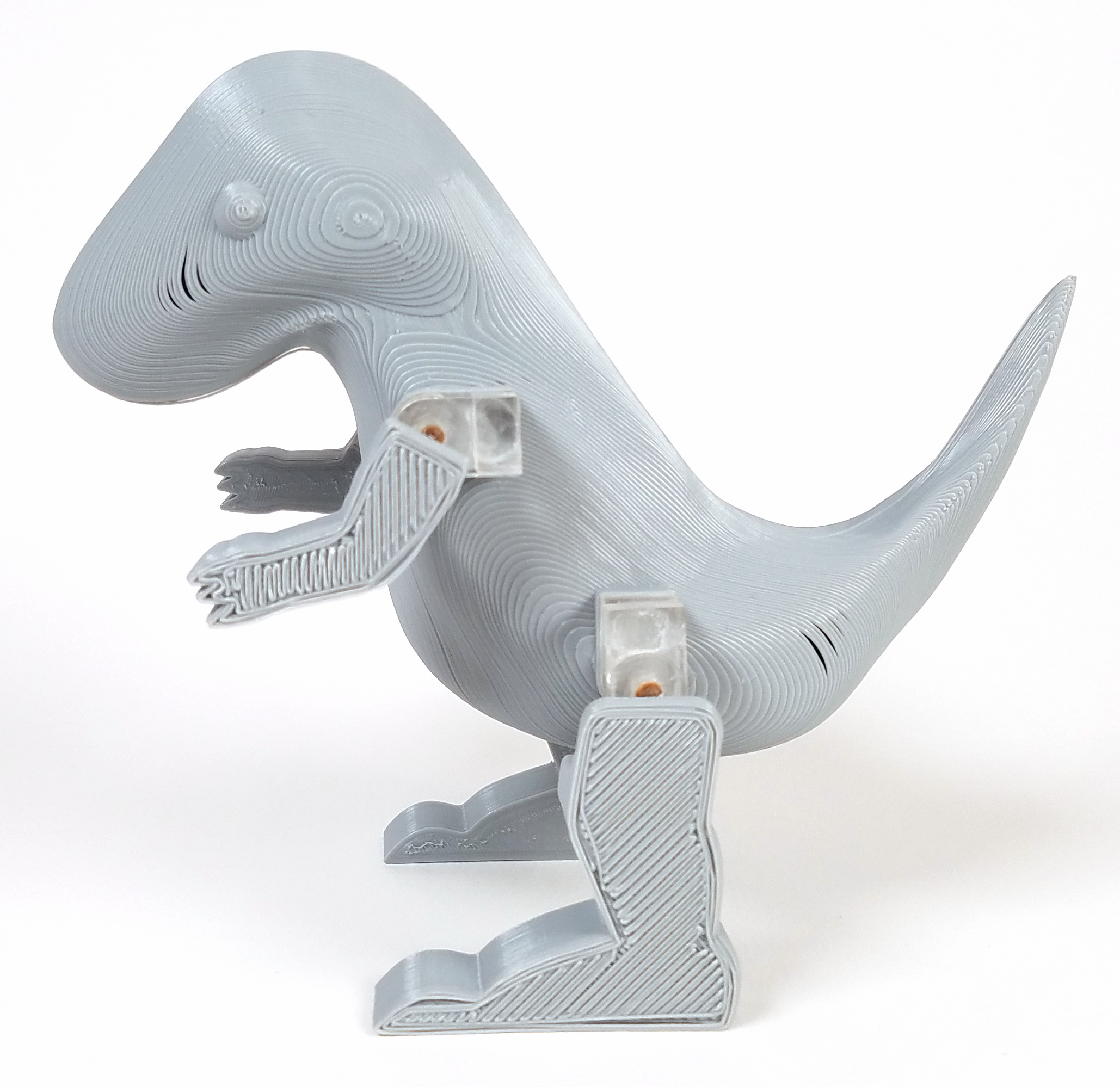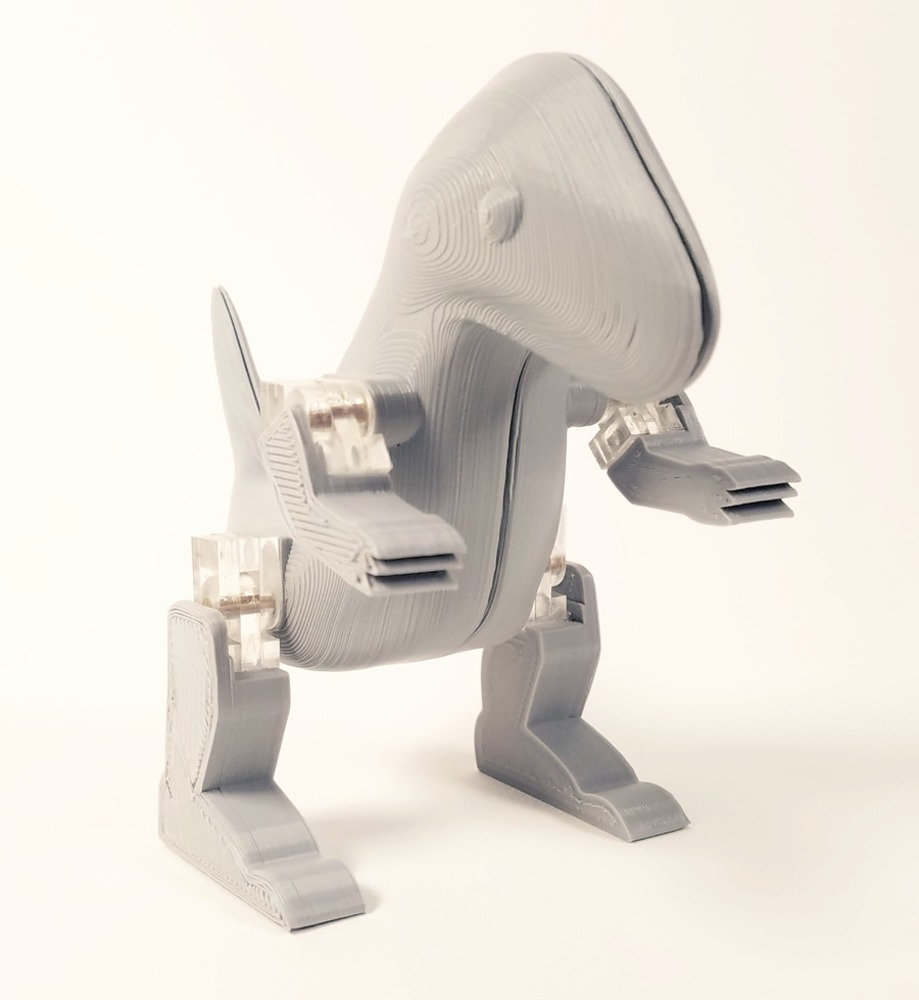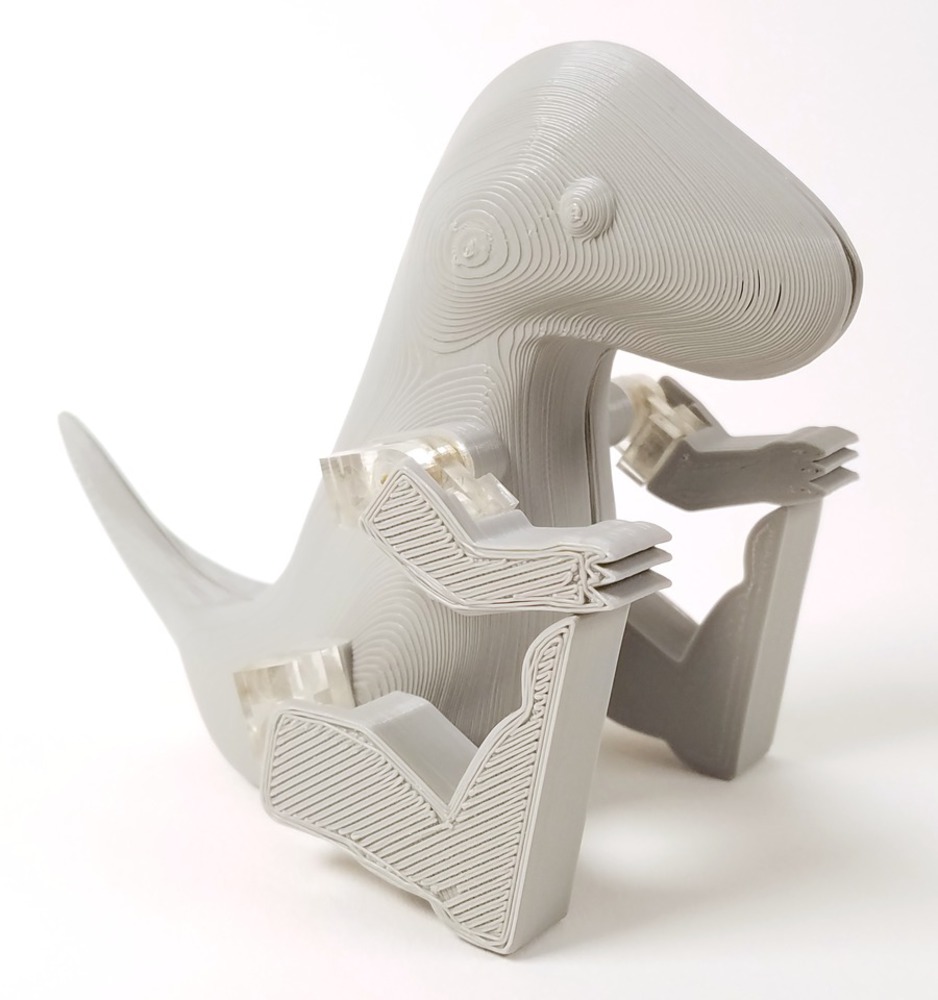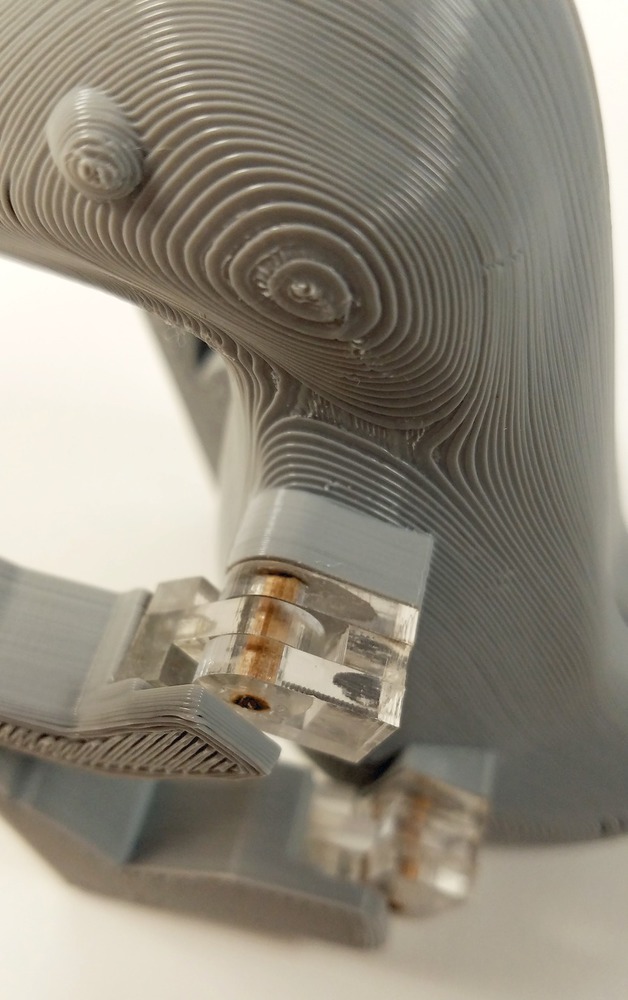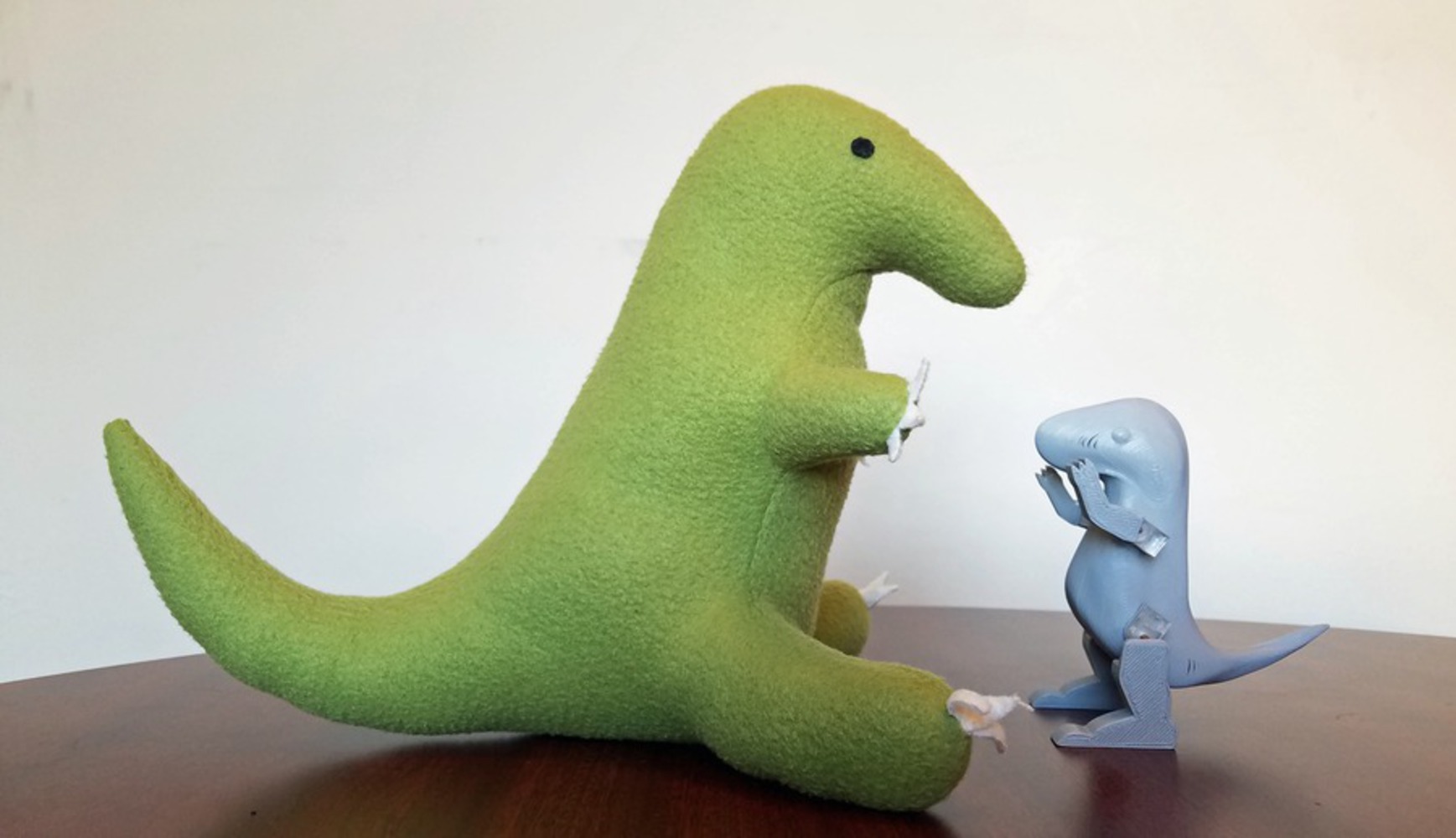Process and Procedure
After some initial research and sketches, I began by testprinting some hinge/pin joints with the NVBOTS. Unfortunately, they were unusable. Removing the supports and raft was extremely difficult, and the pins weren't printed straight. Noting that my joints were essentially created in three layers, I decided that lasercutting multiple pieces and gluing them would make more accurate joints. Furthermore, I would be able to make quick test cuts and adjustments. With that, I did a fairly successful test cut/gluing (coupled with a bad attempt, because super glue dries very fast), and I was confident enough that this would work, so I began to model the figure itself.
I modeled the body and limbs in Fusion 360, where the body was constructed by attaching a canvas of an old drawing, using lines and splines to approximate the base shape, adding a polygon on an offset plane, lofting them and adding faces in the sculpt environment, and adjusting the shape (with a symmetry to mirror the resulting half-figure). Then, when I began to make the limbs, I quickly discovered that the joints were comparatively very long! Thus, I ended up reducing to just a shoulder joint and hip joint, and I added "bases" to the body for the joints to attach to.
Since originally the many joints would allow me to print each limb on the flat surface where it would attach to the joint, I was planning on making the shape more 3D than an extrusion. I decided that simplifying the design to allow the limbs to print on their sides would result in a cleaner print and also reduce the amount of time to model them. Because of the length of the joints, I still hid part of the joint behind the limbs. The limbs were created through a series of extrusions, where I added notches to make sure they wouldn't get stuck against/block the joint and so they would be positioned appropriately upon being glued to the joints.
With everything roughly modeled, I inserted copies of my model of the joint and converted bodies to components so I could see the range of motion of the joints. I downloaded the STL files of appropriately combined bodies, putting some in a single print in Cura (legs were printed separately from everything else, since I wanted them to be denser, and the main body was split in half to print), and sent my models to print... until I discovered two days later, when everything was finally printing, that in playing with the joints, I managed to kick/tilt a leg base! I then had to cancel the print, go back to a position before I kicked the base, fix that, rotate the arm base appropriately (I originally positioned it in the wrong direction), recombine the files in Cura, and send them back to print.
While I waited for the new figure to finish printing, I continued to test workflows for making joints and attempt to glue PLA together with the super glue, discovering that if I used enough super glue and held the pieces together long enough, they would eventually bond. Finally, I finished making joints (I would laser cut the pieces, orient them appropriately, glue them, and insert/trim a wooden dowel for the pin), sanded down some of the pin, and very carefully glued all the pieces together. The figurine then managed to stand and was soon complete!

